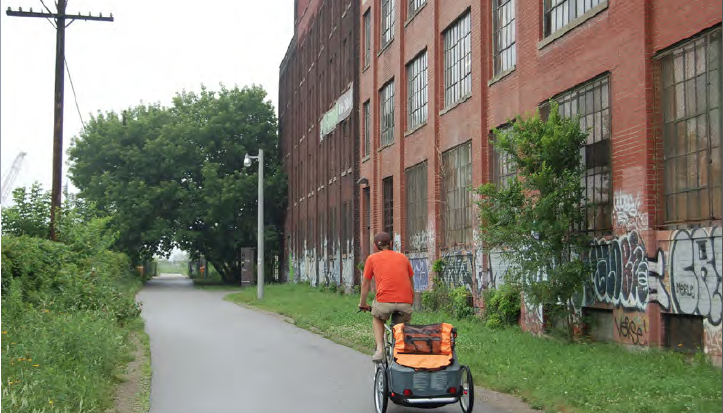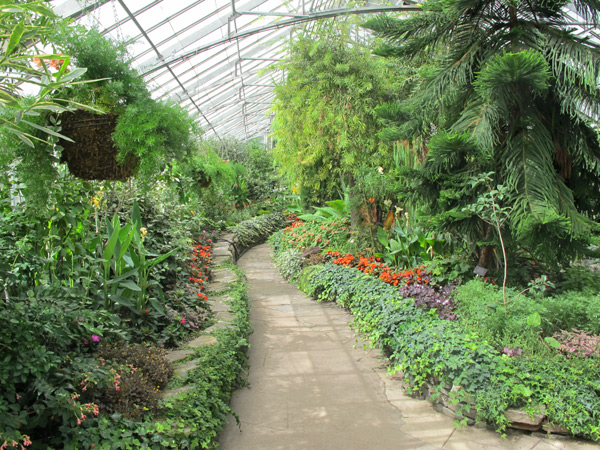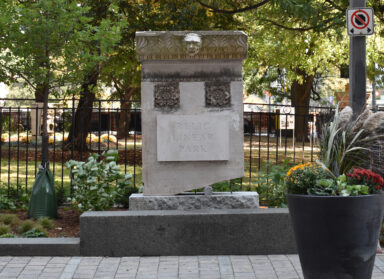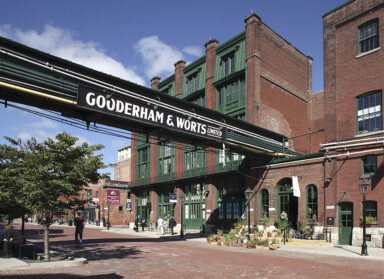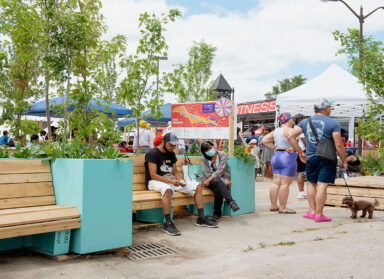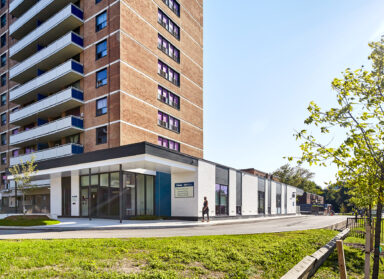It is a paradoxical time for the future of public spaces in Toronto. We live in a moment of increasing public awareness and interest in public spaces, but also face decreasing public resources to support them. Creating a role for the private sector in this context seems all the more necessary, but what that role entails, including who takes responsibility for what (e.g., operations, maintenance, and programming) remains unclear.
A major challenge many North American cities are facing is how to create an arrangement that allows a city to tap the benefits and resources of private support, such as philanthropy, in ways that are not overly determined by the preferences of funders. In other words, creating a partnership that keeps the ‘publicness’ in public spaces.
Most of Toronto’s public spaces are generally perceived as a public responsibility by the private sector. Sandy Houston, President and CEO of Metcalf foundation notes that “the values and benefits of public space is sort of amorphous in the eyes of funders. To make it work, public space needs to be for and about something – more arts, programs, markets, etc.”
For Blair Dimock, vice-president of partnerships at the Ontario Trillium Foundation, bringing on private partners entails demonstrating the value proposition of public spaces to whoever is funding: “you need to be able to report more than a park just being there. What benefits – social/economic – flow from having that park in that community?”
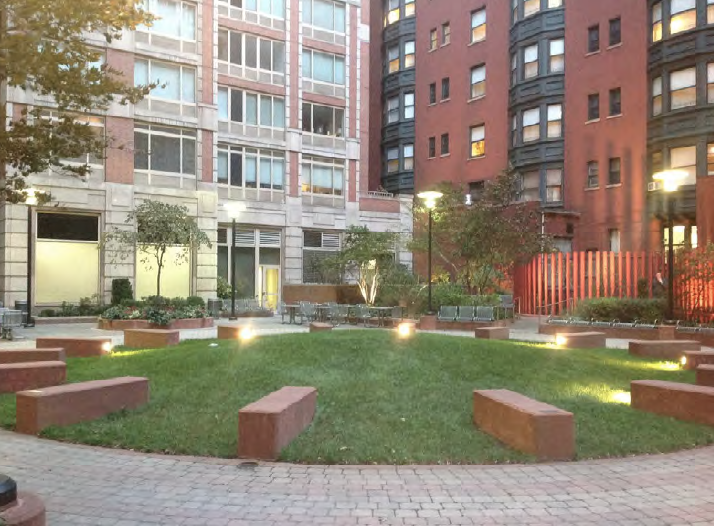 Advocates for Privately Owned Public Space (APOPS), New York. Image Credit: APOPS
Advocates for Privately Owned Public Space (APOPS), New York. Image Credit: APOPS
Our research lends support to the view that philanthropic organizations are well positioned to lead and support new ideas regarding complex issues like public space. After all, the basis of philanthropy is about risk capital; to invest in areas and ideas where others will not, and galvanize support and interest around that idea. If taking risks on unknown outcomes is something government officials are often reluctant to do, then let others use resources to experiment with new ideas that may succeed or fail.
We are witnessing activity of this nature by local non-profit groups. For example, Parks People advocates for new partnership options around park governance. The Friends of Allan Gardens, as a local example, are working toward a new kind of partnership model with the city in order to fundraise and ultimately revitalize the heritage park through new capital and programming investments.
In an era of decreased public spending, maximizing existing people and resources is a good place to start. The report calls on leaders to mobilize people and resources to face challenges in the public realm, such as city agencies and outside partners in academic, business, civic, charitable, and community roles about what changes may look like in the areas of governance, investment approaches, and public policy. What’s encouraging is that this level of mobilization is already occurring in related areas. CivicAction’s recent Better City Bootcamp convened leaders around the biggest urban policy challenges facing the GTHA.
This week MaRs Discovery District will launch their first ever Civic Design Camp, an attempt to fuse design thinking with government practice to improve the civic experience. Similarly, urban advocates in Canada and the United States just concluded a series of activities of how to re-imagine the civic commons as a collection of shared assets (parks, libraries, public markets, etc) that enable connections and foster a better sense of community.
Importantly, private support from foundations and business allowed this project to happen. This type of partnership is inspiring. We are not experiencing the ‘end of public space’ as we know it, but rather public space is being re-imagined under different approaches to development and stewardship. Let’s continue to evaluate the present and look to the future of how private groups and government can best work together to support Toronto’s public realm.
During the next few weeks, we will be rolling out posts about a research project which examines: in a time of increasing growth and reduced public spending in cities, how can we maximize the public realm as a shared interest? View a previous post with more information here.
View the short report ‘Governance’ here.
View the final report ‘Investing in the Public Realm: Challenges, Opportunities, and Lessons for Toronto,’ supported by MITACS and ERA Architects through the ‘MITACS Accelerate internship program’ here.
This blog post was prepared by Jeff Biggar. He is a PhD candidate in Planning at the University of Toronto and a MITACS Research Fellow. Learn more about Jeff here.
* Feature Image, Toronto Rail Path, Credit: Flickr*
